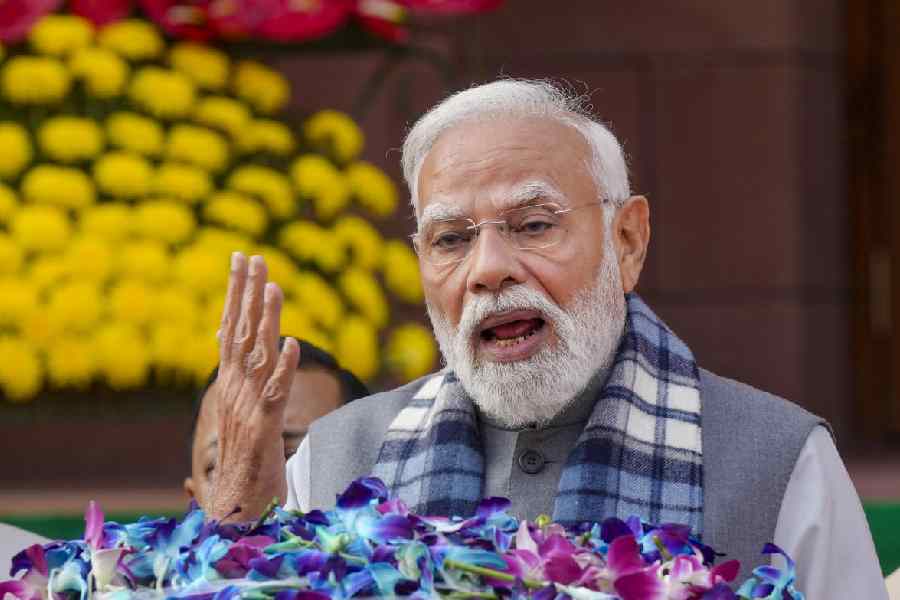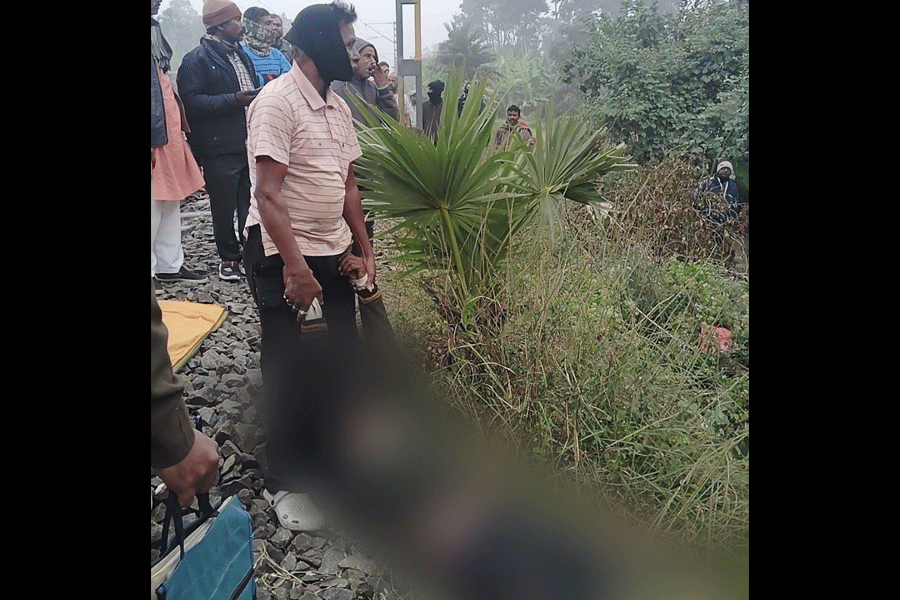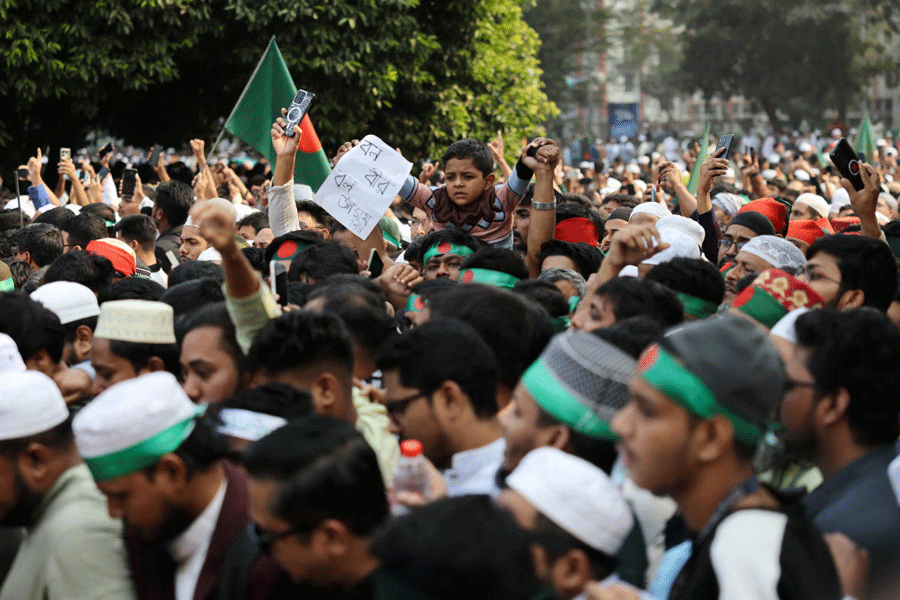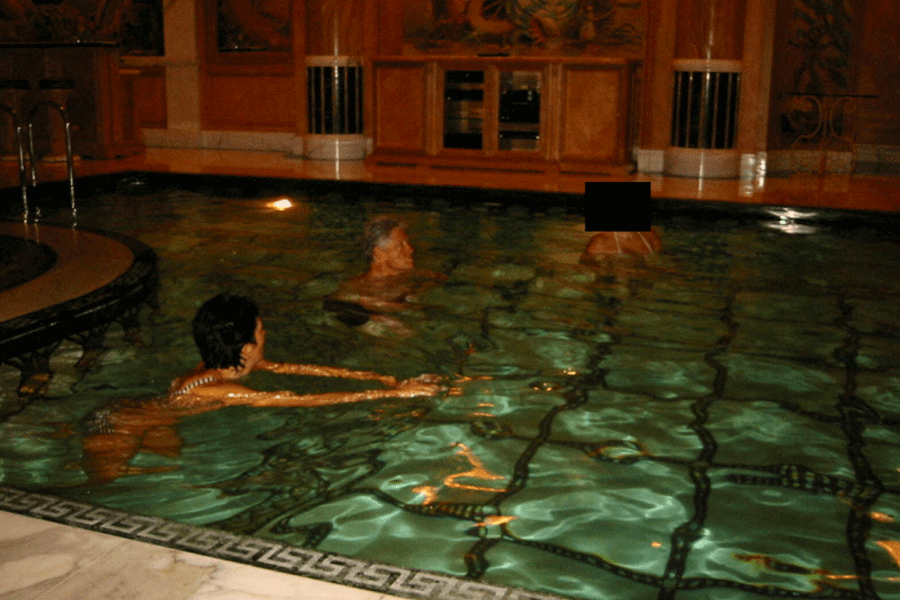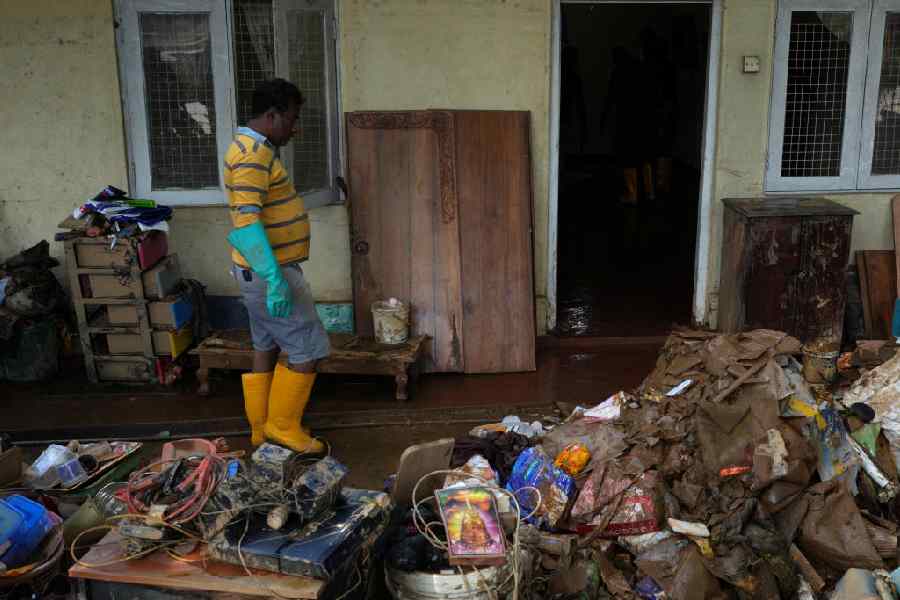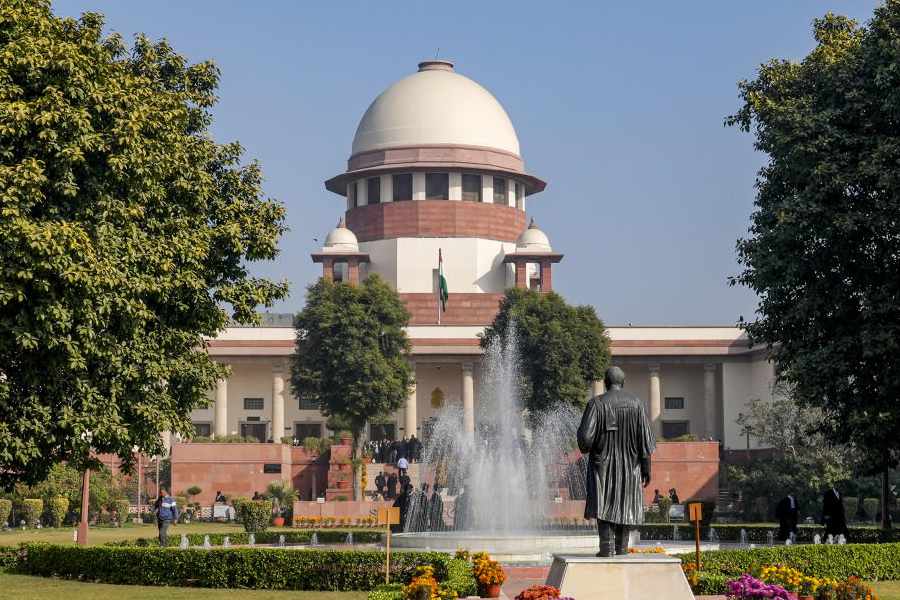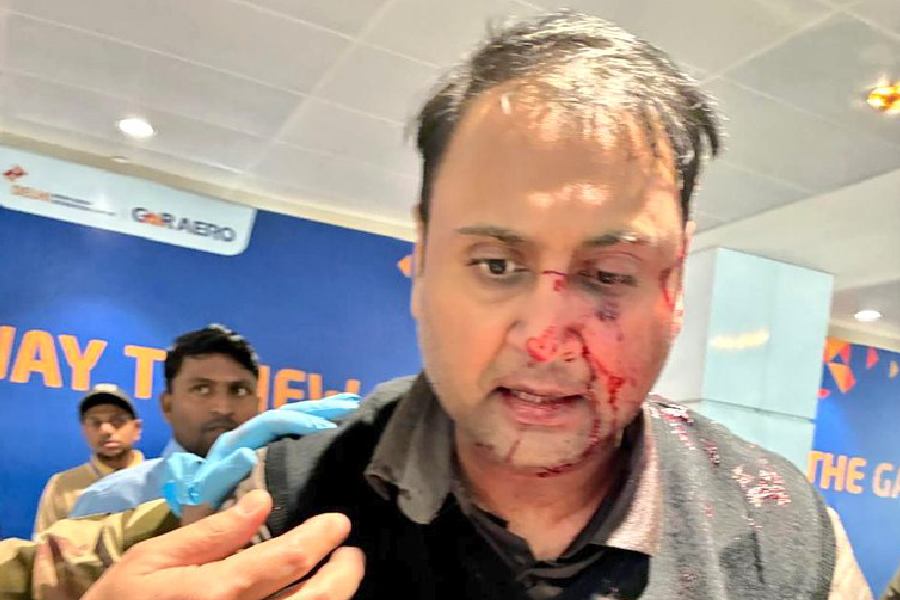New Delhi, Oct. 22: Efforts to merge the former Socialist and Janata Dal splinter parties are likely to crystallise by the end of the week, Janata Dal (United) sources say.
Samata Party chief George Fernandes, who had set the ball rolling at a breakfast meeting at his residence on October 15, is expected to take matters further.
The Union defence minister, who returns from Ukraine tonight, will probably hold another meeting on Friday.
The reunity efforts have the backing of the Prime Minister though the splinter parties’ collective bargaining power with the BJP would increase if they merge. Atal Bihari Vajpayee had reportedly “encouraged” Fernandes to try and regroup the splinter groups.
The Prime Minister reckons that the merger would insulate him from the pressure that his own party and the RSS-VHP combine exert on him occasionally.
“A large block of 40 or 50 MPs will give him (Vajpayee) the kind of protection he cannot get from having 50 small parties of one or two MPs (supporting him). Every time RSS or VHP or BJP hardliners raise an uncomfortable issue, this block can unitedly oppose them,” sources said.
To this end, the merger exercise may be later expanded to include National Democratic Alliance constituents like the Trinamul Congress, the Rashtriya Janata Dal (Democratic) and the Indian Federal Democratic Party led by Kerala MP P.C. Thomas.
The October 15 meeting was attended by Dal (U) chief and Union food minister Sharad Yadav, senior Samata leader and Union railway minister Nitish Kumar and Union minister of state for external affairs Digvijay Singh.
Haryana chief minister and Indian National Lok Dal president Om Prakash Chautala was a special invitee.
Sources say Fernandes has already spoken to Trinamul leader Mamata Banerjee, who found the proposal attractive. The unity backers are also eyeing the Akali Dal and Ram Vilas Paswan’s Lok Janshakti Party.
The reunity moves have been prompted by personal and political interests. The Samata and the Dal (U) agree that they might be “wiped out” in Bihar if they do not merge.
“Even Fernandes and …Yadav would find it difficult to retain their seats against the Rashtriya Janata Dal-Congress combine,” sources said. They added that both parties were looking at options outside Bihar as an “insurance cover”.
Even the BJP admits that it would be hard-pressed to retain even 42 of the 54 seats it won last time if the Socialist and Janata Dal splinter parties regroup.
NDA sources say it makes “sense” for Mamata to be “safe and secure” in a larger bloc, which would shield her from the machinations of the BJP and her own party.
They say Paswan has been out on a limb since quitting the ruling coalition and “will not be comfortable in a Laloo Prasad Yadav-Congress combine. And if the Congress strikes an alliance with the Bahujan Samaj Party, then it’s worse for him,” the sources add.
They explain the decision to approach the Akalis by saying: “(Akali chief) Parkash Singh Badal felt let down by the BJP because they did not really stick up for him once the Punjab government slapped corruption charges against him. Like Mamata, he too will feel safe as a member of a large parivar.”
The expulsion of Samata MPs Brahmanand Mandal and Raghunath Jha earlier this year reportedly sparked the reunity exercise. Only the intervention of a senior BJP leader ensured that their expulsions were not forwarded to the Lok Sabha Speaker.
A BJP leader reportedly “advised” Jha to join his party instead of crossing to the Congress if he intended quitting the Samata.
NDA strategists feel a large block would help ward off the threat of dissidence from potential Dal (U) rebels like Devendra Prasad Yadav and Naval Kishore Rai.
On the anvil is a proposal to “coopt” Mulayam Singh Yadav’s Samajwadi Party. The NDA reckons the Mulayam-Kalyan Singh combine is “formidable” enough to fetch at least 40 Lok Sabha seats in Uttar Pradesh. But the Samajwadi can be admitted to the fold only after the elections because “Mulayam would not want to upset his Muslim vote-bank with any sign of getting close to the BJP or NDA”.


